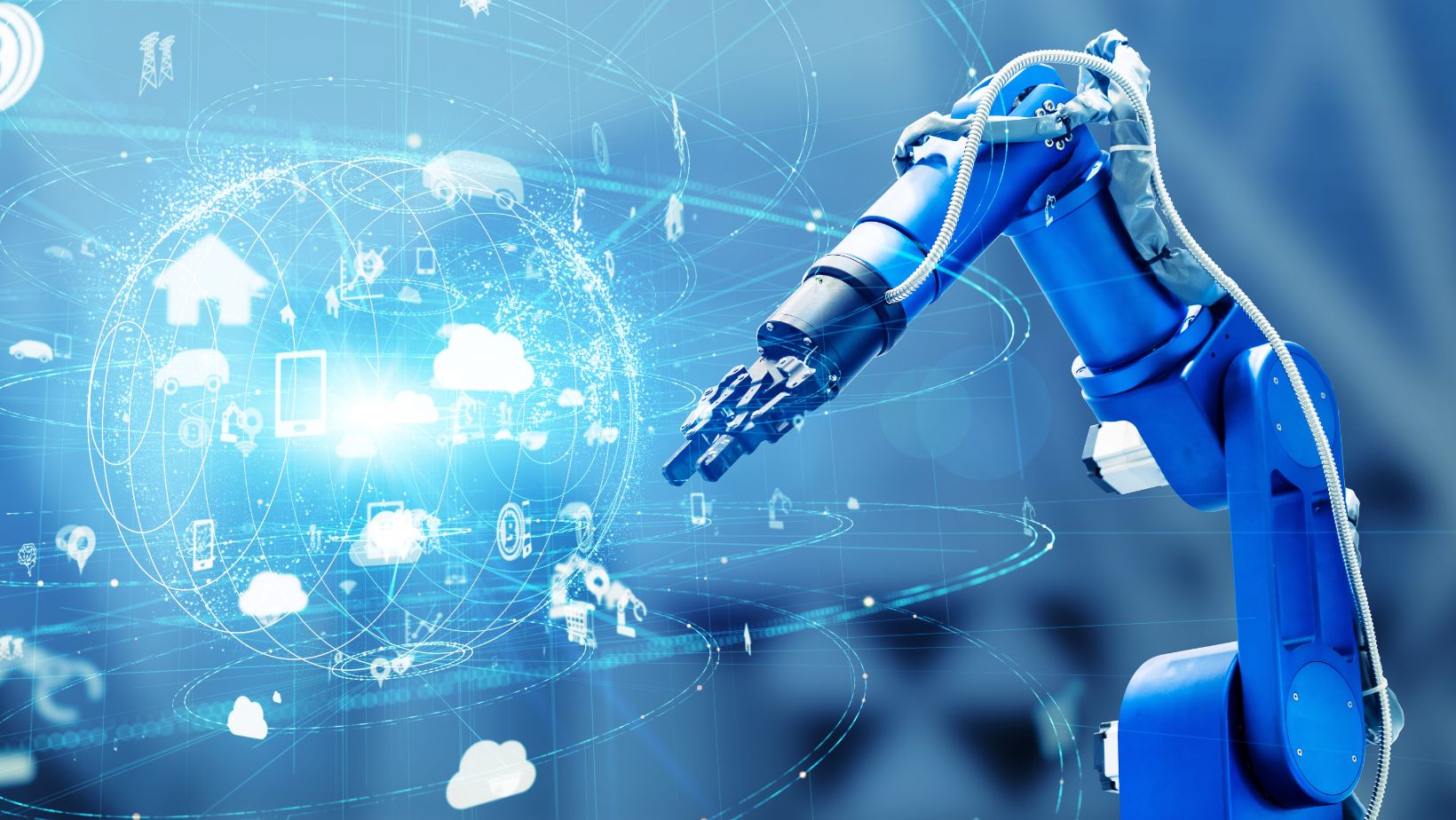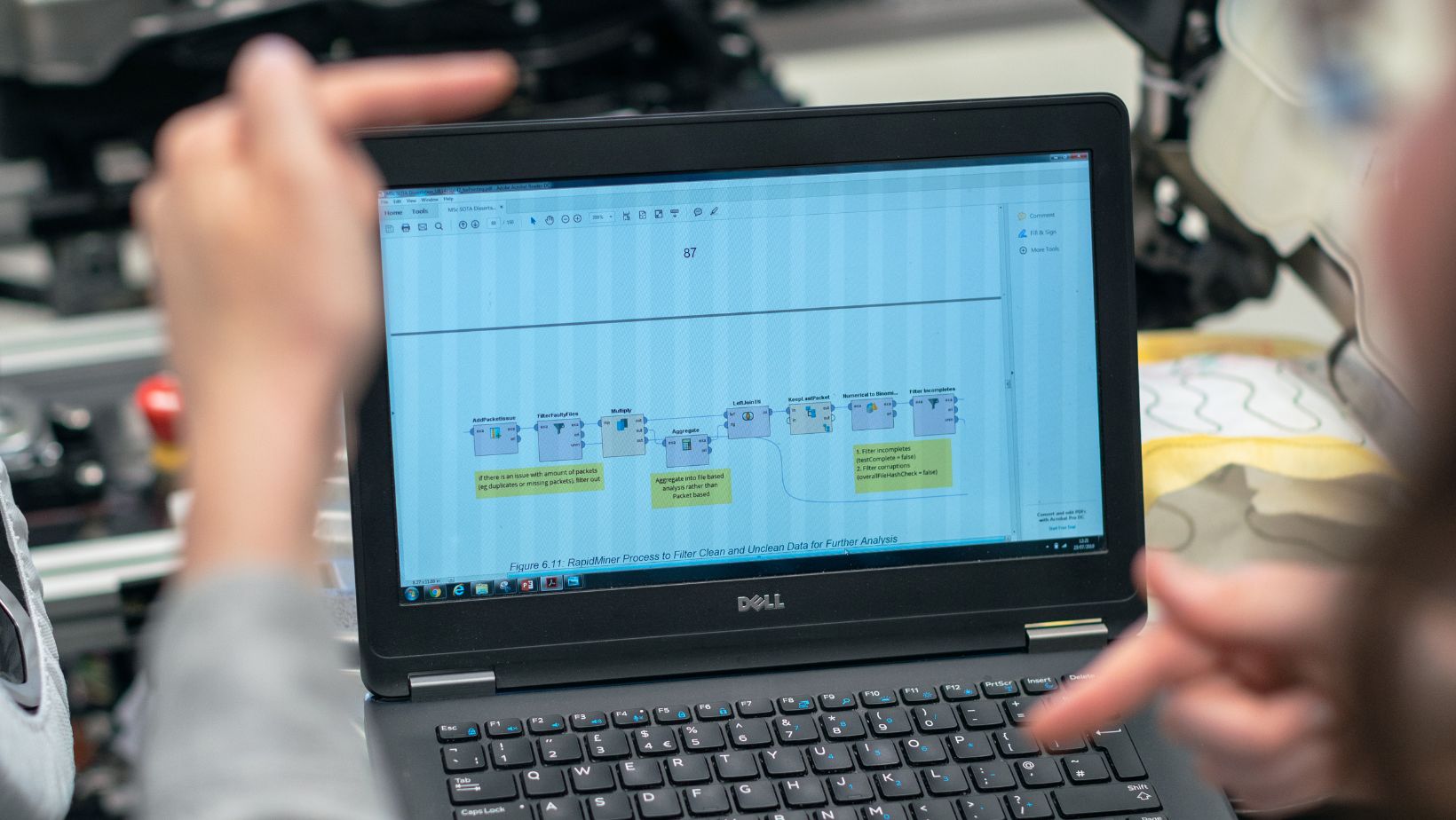In today’s fast-paced software world, users expect quicker updates, smooth performance, and fewer bugs. Traditional test methods have done a good job. But, as applications become more complicated, we need smarter and more adaptive testing. This is where AI test automation comes in.
AI test automation uses AI to improve the speed, accuracy, and flexibility of software testing. It minimizes repetitive tasks while enhancing overall test coverage. AI testing increases automation, allowing testing to progress as applications evolve without extensive manual human updates.
In this blog, we will cover the main components that make AI testing effective.
Understanding the Shift from Traditional to AI-Based Testing
Traditional test automation relies on written scripts designed to check specific features of the software. Such scripts are unreliable because they tend to become outdated with any change in the user interface. Keeping them up-to-date is very time-consuming and takes a lot of manual work.
AI-based testing addresses this challenge due to its ability to learn how applications behave. AI can modify tests automatically and detect variations while also discovering areas prone to error without endless human involvement. This makes testing a more flexible and less scripted process than before.
Unlike traditional testing, which is rule-bound and static, AI-based testing is adaptive, data-driven, and predictive. It allows the tester to concentrate on critical tasks by effectively performing repetitive work.
With this foundation laid, let’s look at all the core elements that make AI-based test automation so effective.
Intelligent Test Generation
One of the main benefits of AI is its ability to learn from data. With its ability to analyze existing test cases, past bugs, user behavior, and software design, it can automatically generate new test cases.
This is called intelligent test generation. Instead of humans having to think of every single possible user action or edge case, the AI is able to provide the value needed.
For example, the AI will record historical data or gain insight into how users interact with an app and then generate a test for the most common and highly critical user journeys. This results in fewer overlooked bugs and more thorough test coverage.
AI can also eliminate repetitive or unnecessary tests. As test suites evolve, they will often accumulate irrelevant test cases that no longer apply to the current state of an application. AI helps eliminate the irrelevant tests for you and maintains a concise and efficient test suite.
AI-Based Visual Testing
In today’s digital world, applications are often judged based on their look and feel. Even something as simple as a small change in the layout can have an impact on the end-user experience. Traditional automation tools tend to focus on the functionality and not necessarily on what something looks like. This is where AI-based visual testing comes in.
AI is able to analyze screenshots or visual aspects of a mobile or web application, pixel by pixel, and compare them. More importantly, it will understand the context of the changes.
For example, if the button moved slightly, but the application still functions properly, it will probably not identify this as an issue. However, if the button is completely absent or unreadable, AI will highlight it.
Visual testing with AI is an effective solution. It provides another level of confidence that the application is not only functional but also looks and feels great.
Self-Healing Test Scripts
One of the biggest issues with traditional automation is script maintenance. When the app changes, even subtly, tests can break. When a button ID changes or a field has been moved, the test can all of sudden fail.
With AI-based test automation, scripts can self-heal. This means that if the UI changes, the AI can recognize the change and automatically update the test.
For example, if the login button’s ID changes, but it is still in the same location and still says “Login,” AI can recognize that it is the exact same button and proceed with the test without assistance from a human.
This reduces the amount of time testers work on fixing broken scripts and gives more stability to the test suite.
Platforms like LambdaTest, an AI-native test orchestration and execution platform, make all of this practical. From self-healing tests and intelligent automation to predictive insights and many more features, it helps teams test smarter and faster.
It also offers KaneAI – a GenAI-native test agent that enables software teams to create, manage, and evolve automated tests using natural language. Built on advanced Large Language Models (LLMs), KaneAI streamlines the entire testing lifecycle from test creation and execution to debugging and reporting without requiring deep coding expertise.
Predictive Analytics Used for Test Prioritization
It is fair to presume that the importance of each test differs. Certain areas of the application will be used more than others. Some areas of the application will have a higher rate of past bugs.
With the understanding of how the app will be used and an understanding of which tests run faster than others, AI can be used to help you decide which tests are more important than other tests.
AI can use predictive analytics to power its decision about which tests to prioritize. By looking at past failures, usage data, code changes, and test logs, AI will make an assessment of which areas of the app will most likely fail. These areas will be prioritized first.
Test Case Design with Natural Language Processing
The use of Natural Language Processing (NLP) in test automation is one of the most fascinating features of AI. NLP allows testers to write test cases in plain English (or any spoken language), and the AI interprets the language and creates the actual test scripts.
If a tester writes, “Verify the user can log in with valid user credentials,” for instance, the AI will construct the script to automate the test.
This is helpful for non-programmers as they can now create test cases without extensive coding.
Adaptive Test Execution
AI is not only capable of creating and maintaining tests. It may also enhance how tests are conducted. Adaptive test execution is an AI capability that dynamically adjusts tests in real time based on application behavior, test results, or environment changes.
Let us assume that the system identifies that a specific feature is either under maintenance or simply not available at that moment. Rather than either fail the test or cancel the process, AI can pause or skip the scrutiny of that part of the test and continue on with the rest of the test.
It also can balance load across devices, optimize execution paths, and rerun failed tests only where necessary, thus enabling a much more dynamic and robust test execution process.
Integration With CI/CD Pipelines
Continuous integration (CI) and Continuous Deployment (CD) are core principles of modern software development. Testing with AI fits seamlessly into this flow.
With AI, test cases can be seeded, prioritized, and triggered based on code changes, which allows for a faster feedback loop and smarter results, highlighting not only what failed but, more so, why it failed and also what needs to be fixed.
AI will assist with test data management and provisioning your environments to ensure that you are testing under the same conditions every time.
Learning from Production Data
AI systems can better learn from production data by seeing how actual users interact with the application. This actual behavior is tremendously beneficial.
Rather than guessing what users could do, AI can see the actual user paths taken, the actions that are common, and mistakes that are repeated with certain functionality and recommend or generate tests for expected behavior.
This is highly beneficial because testing is actually grounded in reality and not theory. AI testing tools could expose functionality vulnerabilities in the application that need attention, even though they have never caused any problems.
Root Cause Analysis and Intelligent Debugging
In many cases, determining why a test failed is often just as time-consuming as running the test. Thankfully, AI can also help with this.
To determine the reason for the failure, AI may examine application data, test history, logs, and code modifications. Rather than simply stating “the test failed,” it can instead be more descriptive and say, “The login test failed because the password field did not load under 3 seconds, most likely as a result of the most recent modifications made to the backend API.”
This descriptive output will speed up debugging and, most importantly, decrease the amount of time between identification of a bug and the actual fixing of the bug.
Continuous Improvement and Learning
One of the most important aspects of AI-based test automation is the improvement over time. AI is not a one-off solution; AI learns over time.
Every time a test runs, every time a test fails and every interaction contributes to the AI model helping to define future tests that become more precise, more automated and more contextual.
As your application grows and is updated, the AI understanding with respect to your application grows and adapts as well. This adaptability is what makes AI so powerful in the long term.
AI Test Automation Benefits
With all these elements working together, the benefits are clear:
- Faster test creation through intelligent generation and NLP.
- Less maintenance cost through self-healing scripts.
- More intelligent execution through predictive analytics and adaptive logic.
- Improved precision via the use of visual testing and production data.
- Improved teamwork by using NLP for definition and communication.
- More reliable feedback through root cause analysis.
All of this leads to a faster, more efficient, and more confident release cycle.
Final Thoughts
AI-based test automation is a smarter evolution of traditional testing. It is a shift from manual, script-heavy testing to intelligent, adaptive approaches. With capabilities such as self-healing scripts, predictive analysis, real-time learning, and machine learning, it can improve test accuracy and efficiency. It also produces less maintenance .
As applications become more complex and users become more demanding, developers will need AI to help them ensure testing adapts to the pace of change. Rather than displacing testers, AI testing should empower them, saving time from low-value activities that could be focused on higher-value tasks and speeding up delivery of high-quality software.




More Stories
Creating Realistic Surface Materials with AI Technology
Essential AI Tools for Developers in Modern Coding
Choosing the Right AI Test Tools for Your Company